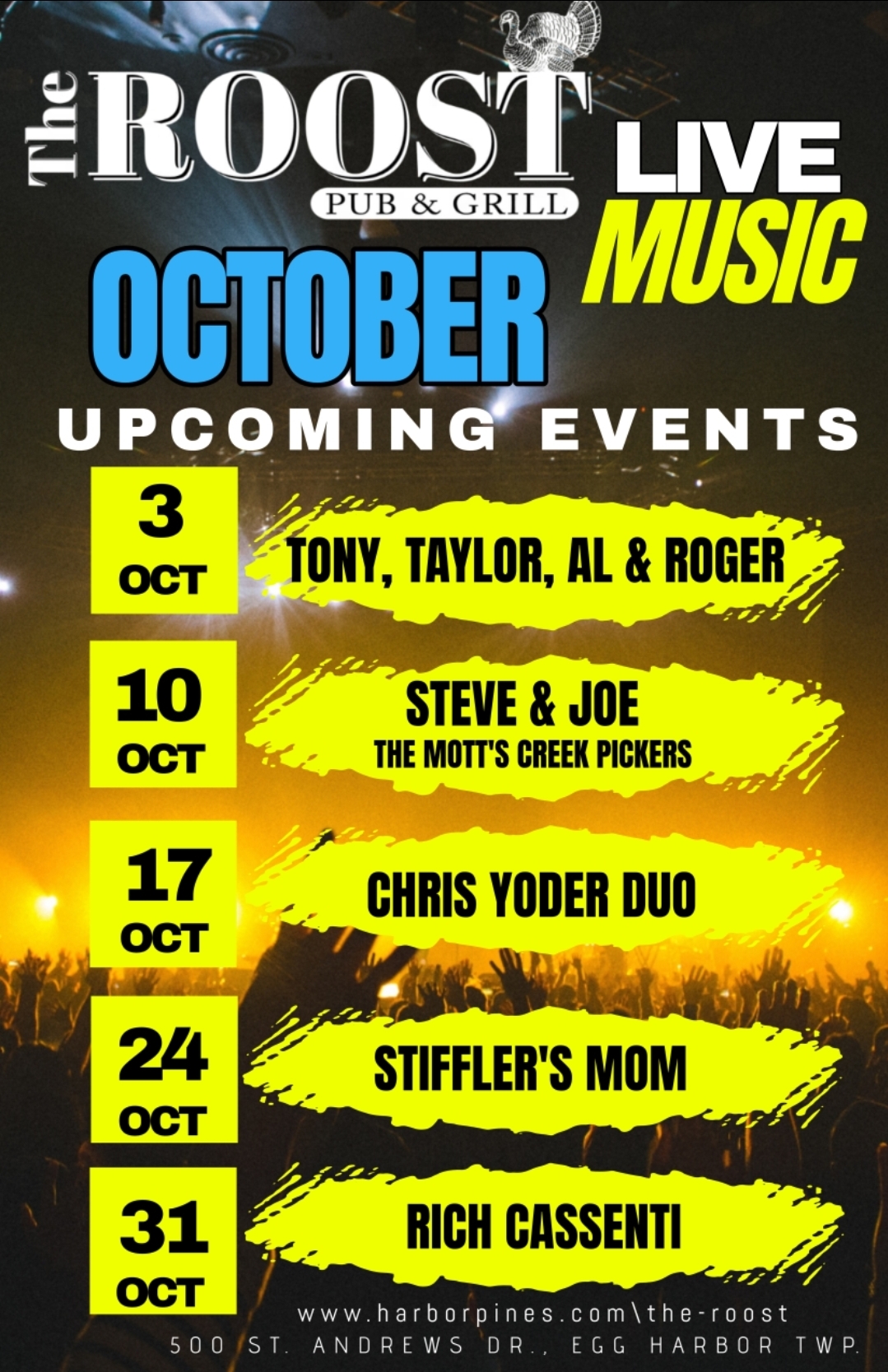Views from the Shore
Whether you’re watching NFL games, college football, international soccer or high school showdowns under the lights, one injury keeps making headlines: the meniscus tear. As athletes of all levels take the field this season, you’ll hear about it again and again. But as I recently learned from Dr. Dante Marconi, orthopedic surgeon with Shore Physicians Group, it’s not just athletes who are at risk — this common knee injury can happen to anyone, even those who haven’t stepped on a field in years.
Dr. Marconi explained that the menisci (plural of meniscus) are two C-shaped pieces of cartilage in each knee that act like shock absorbers between your thighbone and shinbone. “You have one on the inner side and one on the outer side of the knee,” he said. “They help cushion and stabilize the joint, especially during twisting or pivoting motions.”
In younger, active people, a meniscus tear usually happens after a quick, forceful movement — like cutting on the soccer field or changing direction mid-play. But in older adults, it can occur from something as simple as standing up awkwardly from a chair or squatting to grab something off a low shelf. Degenerative tears related to arthritis are especially common as we age.
“Sometimes it’s a pop that the person feels right away,” Dr. Marconi said. “Other times, it shows up as joint line pain, especially with twisting or bending. Deep squats or getting up from a seated position might become painful.” The injury is confirmed with an MRI.
There are several types of meniscus tears, and whether they heal depends largely on blood supply. The outer edge of the meniscus has some circulation and might heal on its own, but most tears occur in the inner portion, where blood flow is limited. Those typically need surgical repair.
Using small arthroscopic tools and sutures, Dr. Marconi performs outpatient repairs that allow patients to go home the same day. Recovery usually includes partial weightbearing for about a month, with full return to sports or normal activity within six months. Degenerative tears, however, may only need the damaged portion trimmed, allowing for a quicker recovery.
To boost healing, Dr. Marconi often uses platelet-rich plasma (PRP) therapy, where a small amount of a patient’s blood is spun to concentrate platelets and then injected at the repair site. “There’s now solid orthopedic evidence that PRP improves healing for meniscus tears,” he said.
His biggest takeaway? Don’t wait. “Address the tear early,” Dr. Marconi advised. “The longer you wait, the harder it is to get a good repair—and the higher the risk it worsens.”
So, whether you’re a high school athlete, a weekend warrior or someone who just felt that dreaded pop while kneeling to tie your shoe — know that meniscus tears are treatable. With expert care and timely intervention, you can get back to doing the things you love.
Dr. Dante Marconi treats patients at Shore Physicians Group’s Orthopaedic Division offices in Somers Point and Mays Landing. To schedule an appointment, call 609-365-6280.
Brian Cahill is the Director of Marketing for Shore Medical Center. He is also on the Board of the Somers Point Business Association, an Adjunct Professor in the School of Business at Stockton University, and is a founding member of Somers Point-Community First, a local volunteer organization













